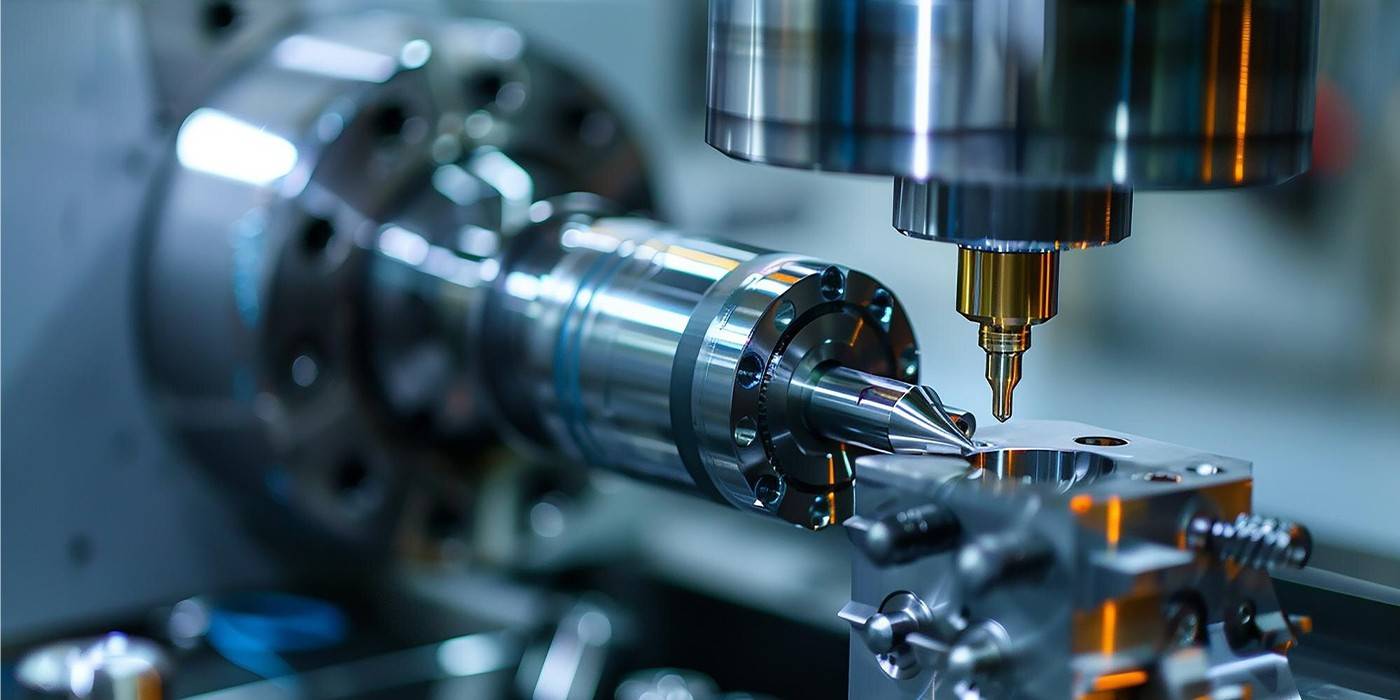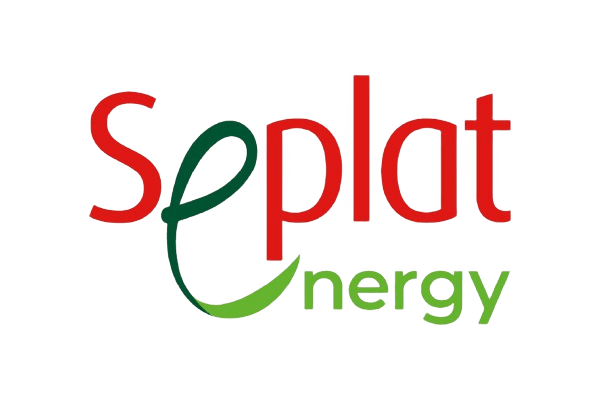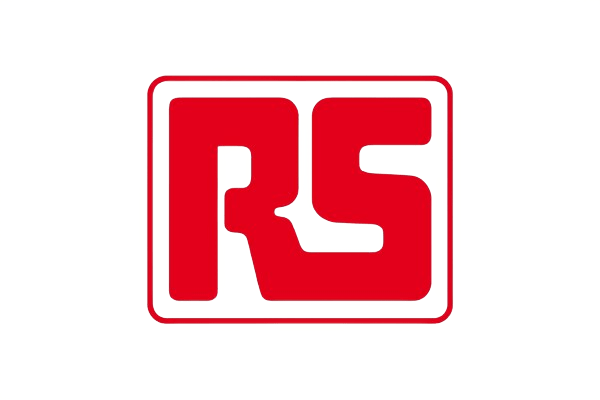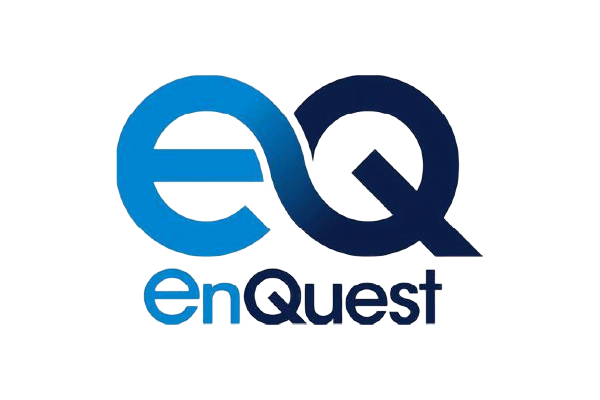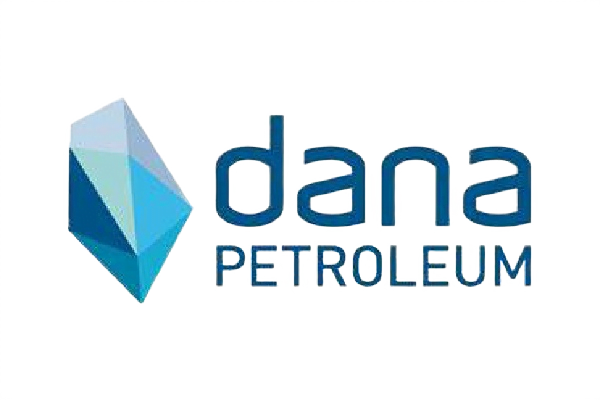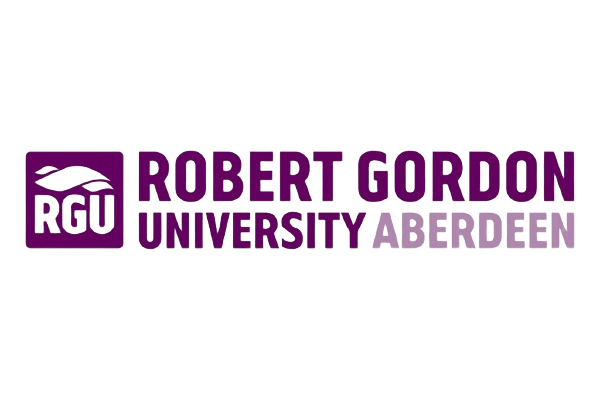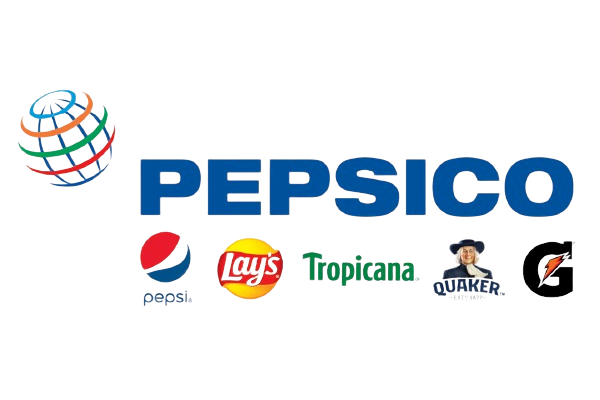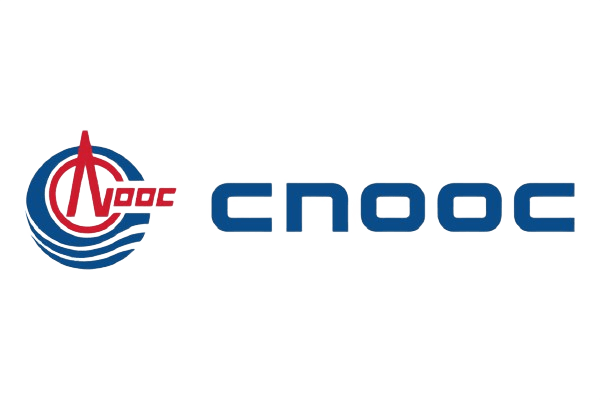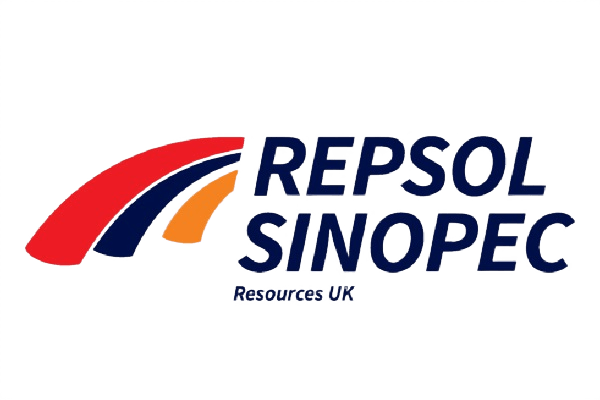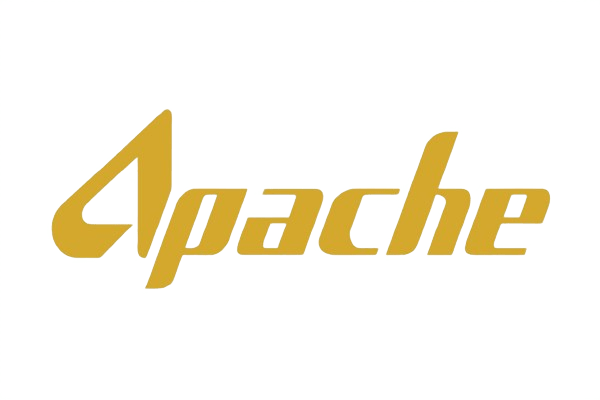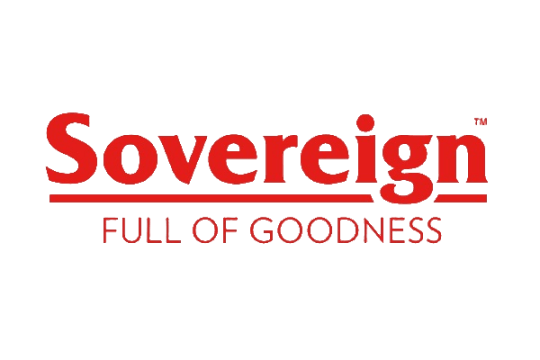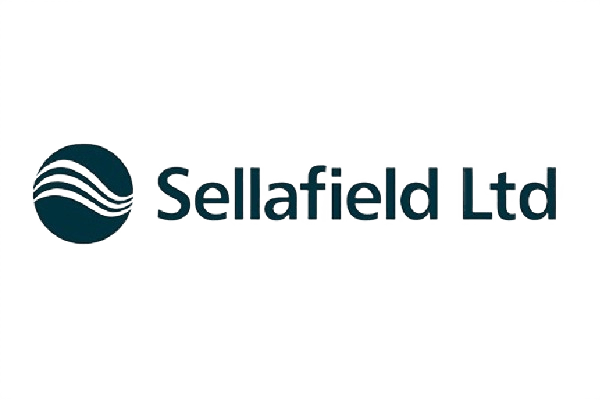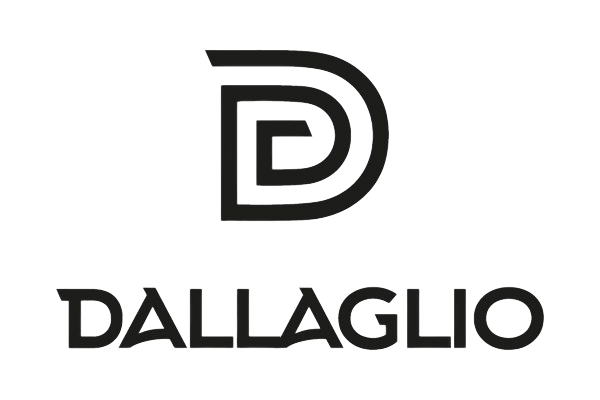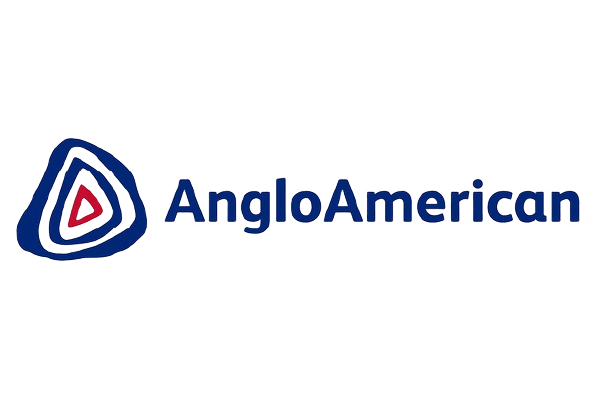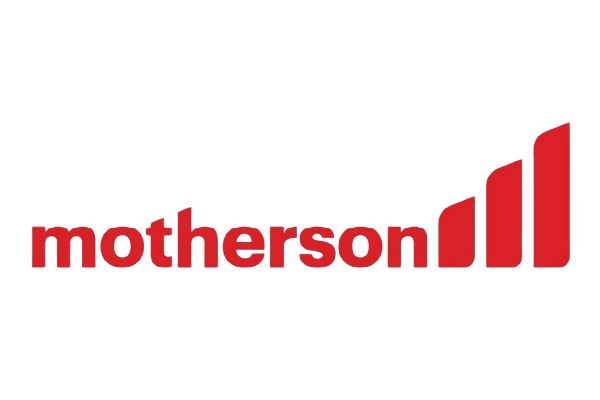Unleashing the Potential of Software Asset Management in Manufacturing
In today’s hyper-competitive manufacturing landscape, where efficiency, compliance, and innovation are paramount, software has quietly become one of the most valuable, and vulnerable, assets on the factory floor. From CAD tools and ERP systems to machine control software and cloud-based analytics, the digital backbone of manufacturing is growing more complex by the day.
Yet, many manufacturers still treat software as a sunk cost rather than a strategic asset. This oversight can lead to spiralling expenses, compliance risks, and missed opportunities for optimisation. Enter Software Asset Management (SAM); a structured, strategic approach to managing software across its entire lifecycle.
Why SAM Matters in Manufacturing
Manufacturers operate in asset-intensive environments where uptime, precision, and compliance are non-negotiable. But managing software across multiple plants, departments, and geographies introduces unique challenges:
- Licensing complexity across hybrid environments (on-prem, cloud, SaaS)
- Shadow IT and unauthorised software usage
- Audit risks from non-compliance or over-deployment
- Underutilised licences draining budgets
- Lack of visibility into software usage and entitlements
SAM addresses these challenges head-on by delivering transparency, control, and cost efficiency.
Real-World Impact: What SAM Can Deliver
Manufacturers that implement mature SAM practices have reported:
- 30%+ reduction in software licensing costs through rightsizing and recycling
- Audit preparation time cut by 70%, thanks to real-time reporting and governance
- Reallocation of idle licences, avoiding unnecessary purchases
- Improved vendor negotiations with accurate usage data
- Enhanced cybersecurity posture by identifying unauthorised or outdated software
These aren’t theoretical benefits, they’re real outcomes achieved by manufacturers who’ve embraced SAM as a strategic enabler.
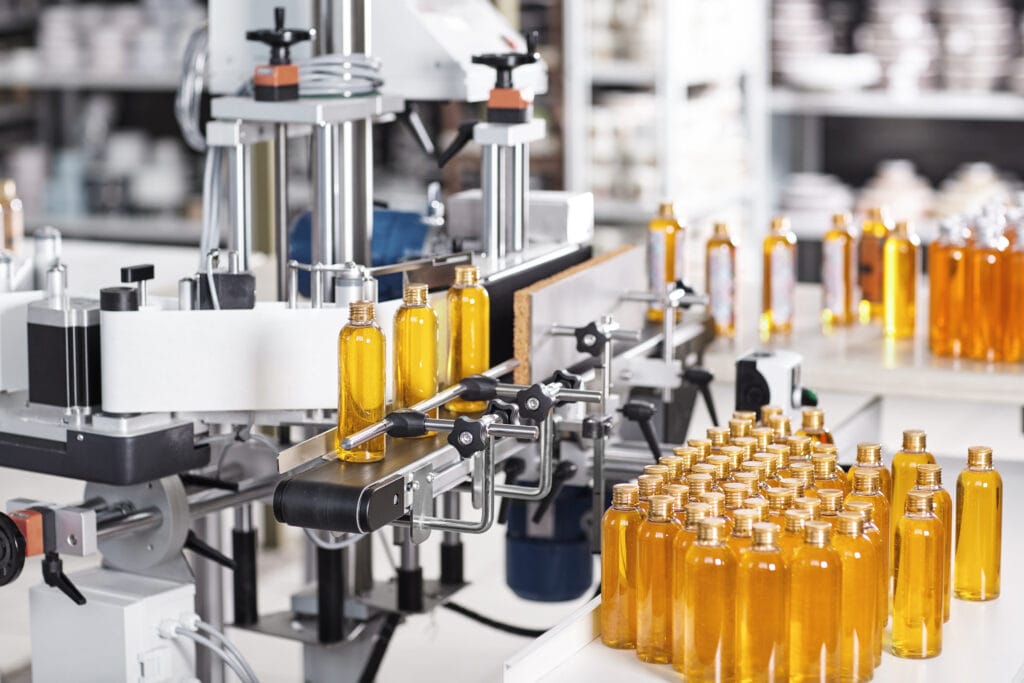
The Five Pillars of Effective SAM in Manufacturing
- Automated Discovery & Inventory
Track software across production lines, engineering workstations, and remote facilities.
Identify all installed applications, including legacy and shadow IT. - License Entitlement Reconciliation
Map actual usage to contractual entitlements.
Avoid over-licensing and ensure compliance with vendor agreements. - Usage Metering & Analytics
Understand how, when, and by whom software is used.
Inform procurement, renewals, and internal chargebacks. - Policy, Governance & Audit Readiness
Establish clear policies for software requests, approvals, and renewals.
Maintain audit-ready documentation and reporting. - Continuous Optimisation
Use AI and automation to identify cost-saving opportunities.
Align software investments with production needs and business goals.
SAM in Action: A Manufacturing Case Study
A global automotive manufacturer implemented a SAM program across its European operations. Within 12 months, it:
- Saved over £1.2 million in licensing costs
- Reduced software audit risk by 80%
- Identified hundreds of unused licences for reallocation
- Streamlined procurement, cutting renewal cycles by 40%
The key? A centralised SAM strategy supported by automation, analytics, and executive buy-in.
The Road Ahead: SAM as a Catalyst for Industry 4.0
As manufacturers embrace digital transformation IoT, AI, digital twins, and smart factories—software will only grow in strategic importance. SAM provides the foundation for this evolution, ensuring that every digital investment delivers maximum value.
By shifting the perception of software from a cost centre to a strategic asset, manufacturers can unlock new efficiencies, reduce risk, and gain a competitive edge in a rapidly evolving market.
For more information, contact us at enquiries@optimal.world | www.optimal.world
Home | Case Studies | About Us | Blogs | What We Do

